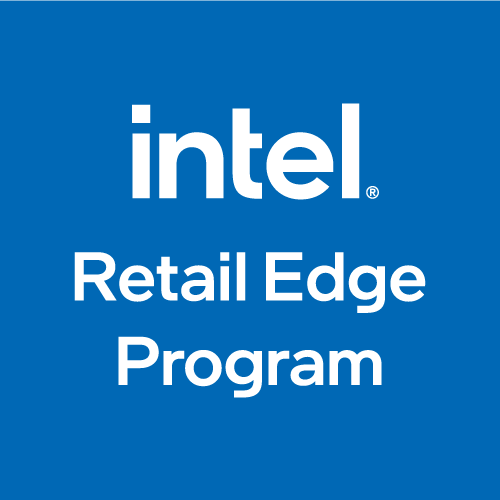10/6/16

Retailers able to respond to, versus react to, these changes will thrive if they place customer expectations center stage. They must keep sales staff one step ahead of their well-informed customer base while implementing new shopper engagement channels.
Traditionally, customers appraised retail merchandise via print or TV ads plus physical store visits. Enter the Internet, after which customers evaluated products via detailed descriptions, multimedia, and buyer reviews from the comfort of their home. Ordering via a few mouse clicks was the paradigm shift that equalized retailer-customer balance.
With today's fully connected, always-on mobile devices, the balance further shifted in the customer's favor with anywhere access to product information, videos, side-by-side comparisons of features and prices, plus opinions from the shoppers' social network.
As physical and digital boundaries between retailers and customers continue to be redefined, the role of the in-store sales associate may appear diminished. This is suggested by Millennials' preference for online product research to in-store research by a 2-to-1 margin.
The good news is that 94 percent of total retail sales still occur in-store versus online1.
Sales associates must up their roles and capabilities in the customer's eye. Primarily, well-researched customers want today's sales staff to augment their own online research.
Additionally, customers expect sales associates to convey such information in a concise manner verbally or via demonstrations of the latest devices and technologies such as a creating a 4K UHD video on a new laptop powered by the latest 7th gen Intel® Core™ processors.
Watch this video to find out a bit more about the some of the capabilities of the new 7th gen Intel 7th gen Intel® Core™ processors.
In the age of the informed customer, training staff in hard and soft sales skills is more important than ever for creating in-store conversions. Training should include briefings and role-play sessions on upcoming product releases.
Managers can help associates understand results from customer trends analysis to further motivate sales tactics for specific products. Mix in any available customer preference data to create on-demand, personalized presentations. This is particularly useful for repeat customers.
Customers have more choices than ever literally at their fingertips, which has elevated the role of service in sales conversions and customer retention. Equally important is customer convenience. Technology can assist with both of these factors.
For instance, an in-store connection to customer mobile devices enables delivery of customized product announcements, discounts, or other incentives. It can alert sales staff to return customers, current store activities, and shopping preferences. Naturally, data collection must be balanced with privacy concerns.
Sales staff should possess devices equipped with pre-loaded sales collateral, demos, and sales assist tools such as the Retail Experience Tool (RXT). Such programs and tools help sales associates close sales, collect customer data, create better experiences for those who shop in brick-and-mortar stores.
Today, more than ever, retail sales managers and their staff must actively and diligently stay ahead of the empowered customers who shop in their stores.
Use available technology and training programs to help you and your staff capture new opportunities for sales growth and appeal to this newest generation of customers who frequent your store.
Leverage the Intel® Retail Edge Program to keep your sales staff informed and well-trained. They will learn about the latest Intel® products and technologies along with sales tips and techniques to create immersive customer experiences.
References:
*Other names and brands may be claimed as the property of others.
© 2016, Intel Corporation. All rights reserved. Intel, the Intel logo, and the Intel Retail Edge Program are trademarks of Intel Corporation in the U.S. and/or other countries.
1RetailNext Retail’s Main Event: Brick & Mortar vs. Online
